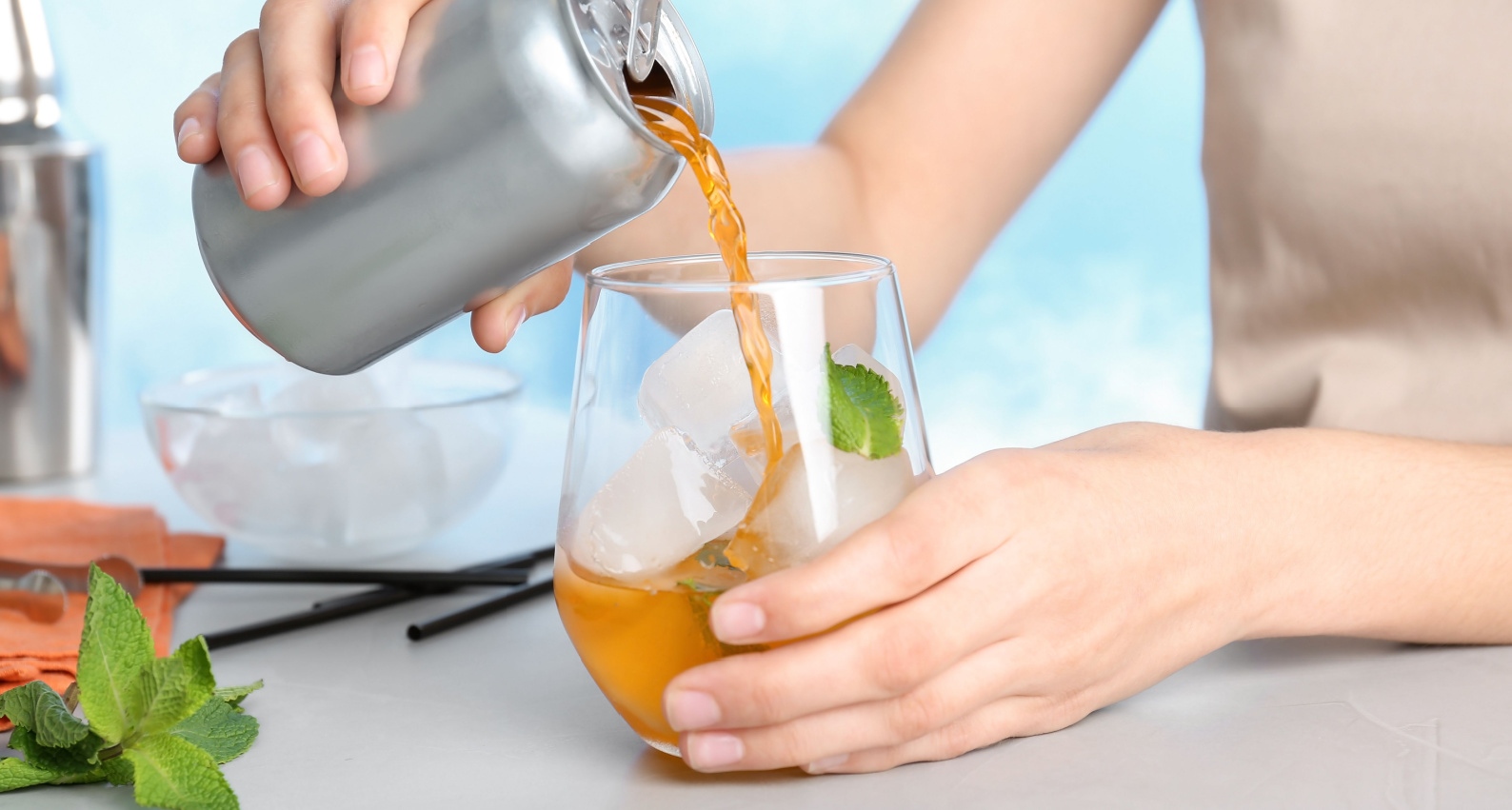Canned Cocktails: A Rising Trend
Published on 06 Sep, 2023

The traditional practice of enjoying cocktails at bars or lounges limited their accessibility to special occasions and exclusive venues. The art of mixing cocktails required expertise and practice, making them less readily available everywhere. However, a new trend has emerged in recent years that has revolutionized the cocktail industry – canned cocktails. While Europe and the US had canned cocktails available since 2000, COVID-19 gave a boost to this segment in other regions as well. The product is slowly gaining popularity in Asia as well and is estimated to have a strong growth trend.
The concept of canned cocktails first emerged in the 2000s in the US and Europe when a few innovative companies experimented with pre-mixed cocktails in portable and convenient cans. However, the initial reception was less than enthusiastic. Consumers were hesitant to embrace the idea of a ready-to-drink cocktail experience that deviated from the traditional methods. However, COVID-19 played a significant role in boosting this trend, especially in Asian markets. Many alcohol brands entered this segment in the last few years, offering a variety of ready-to-drink cocktails in cans.
Premixed cocktails, including spirits-based ready-to-drink (RTD) beverages, have become a star product in the beverage alcohol category. In 2021, supplier revenue from premixed cocktails reached USD769 million and sales over January–October 2022 totaled approximately USD922 million, showing a sales trend of about 68% compared with the previous year. In Asia, alcoholic beverage brands, such as Pernod Ricard, Brown-Forman, Bacardi, Radico Khaitan, and Diageo, have launched their own range of RTD cocktails, catering to the changing drinking behavior of consumers due to the pandemic. With lockdowns and movement restrictions prompting a shift towards in-home drinking, canned cocktails provided a convenient option for consumers seeking premium ingredients, flavors, and textures similar to high-end cocktails.
Several startups have made their mark in this segment, introducing innovative canned cocktails:
- Haus: Launched in 2019, in California, Haus offers a range of low-alcohol aperitifs in interesting bottles. It is made with real fruits, herbs, and botanicals, prioritizing natural ingredients and transparency in its production process.
- Singapore Distillery: Launched in 2020, Singapore Distillery is a craft distillery based in Singapore that produces a variety of alcoholic beverages, including canned cocktails. It offers unique flavor combinations and is known for its focus on local and regional ingredients, capturing the essence of Southeast Asian flavors.
- Flying Embers: Launched in 2016 and known for its alcoholic kombucha, Flying Embers expanded into the canned cocktail market with offerings, including Classic Lime Margarita.
- Bravazzi Hard Italian Soda: In 2017 Bravazzi introduced Italian soda-inspired canned cocktails, featuring flavors such as Blood Orange, Limonata, and Grapefruit.
- Post Meridiem Spirits: Present since 2019, this startup focuses on premium canned cocktails with a twist, offering options, for instance, Espresso Martini and Modern Classic Cosmopolitan.
An Emerging Trend – Craft Canned Cocktails
Trends in the canned cocktail market reveal the rise of "craft canned cocktails" as one of the most prominent developments. This trend stems from the popularity of craft cocktails, known for their emphasis on premium ingredients, artisanal craftsmanship, and attention to detail. The main characteristics of craft canned cocktails are as follows:
- Craft canned cocktails prioritize high-quality spirits, natural sweeteners, and fresh fruit juices to deliver an authentic and enjoyable drinking experience.
- These cocktails often feature unique and exotic flavor combinations, showcasing the creativity of mixologists and appealing to consumers seeking novel taste experiences.
- Some canned cocktail brands adopt a limited-batch strategy such as craft breweries, releasing seasonal or limited editions. This fosters a sense of exclusivity and encourages consumers to try new products before they disappear from the market.
- Craft canned cocktail brands often focus on their brand story, highlighting their journey, sourcing practices, and commitment to sustainability. This narrative-driven marketing strategy establishes a personal connection with consumers, making them feel part of the brand's journey. Interesting and slick packaging that is social media friendly holds a special appeal for GenZ consumers, who are digital natives and want to share their fun experiences online.
While there is a general belief that alcohol consumption is declining among young generations due to the growing health and wellness trend, the RTD category has emerged as a popular product. Primarily targeted at the young market, RTD has experienced a resurgence with diverse new product developments and carefully styled packaging. It has been the fastest-growing category in the beverage business, largely due to brands investing in campaigns that position canned cocktails as a premium offering, dispelling the stigma of being low-grade or solely for partying.
The evolution of canned cocktails from basic, mass-produced drinks to premium, artisanal creations has transformed the beverage landscape. The rise of craft canned cocktails, along with vibrant and creative packaging that appeals to social media-savvy millennials, has increased their popularity. As the industry continues to innovate, consumers can expect even more exciting flavors and combinations, solidifying canned cocktails as a staple in their drinking repertoire.
